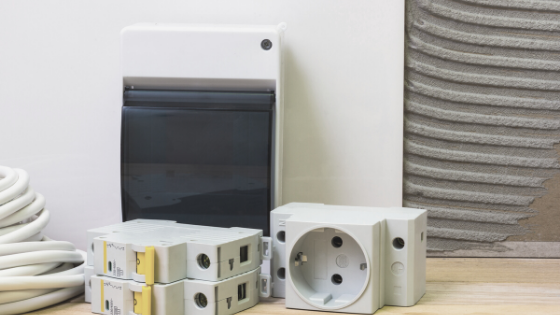
Embedded Networks: Know Your Rights
Embedded networks are becoming increasingly common in strata developments. Understanding what they are, their benefits and their shortfalls is important for anyone who owns, lives in or manages a strata building.
According to Energy Australia, “embedded networks utilise traditional building infrastructure to deliver utility services to end users.”
Put simply, the electrical wiring in a multi-tenanted complex is configured to enable the owner of the building to sell energy to all tenants and owners.
The critical difference between embedded networks and authorised energy retailers is that most individuals who sell energy in embedded networks are exempt sellers who are not required to be authorised by the Australian Energy Regulator (AER).
However, they are required to hold a valid exemption from the AER and obliged to fulfil exemption conditions to remain compliant. All exempt sellers must provide you with a copy of their exemption conditions and explain their obligations to you.
Consumers of exempt sellers and consumers of authorised energy retailers both have rights and protections afforded by law. Knowing your rights under an embedded network arrangement is fundamental to gaining the full benefits of an embedded network.
Rights and Protections
Residential consumers, including tenants and owners, are entitled to a number of consumer protections, such as:
- Flexible payment options should you experience financial difficulty
- Clear and set timeframes for the receipt and payment of bills
- Access to complaints handling arrangements
- Energy charges do not exceed the standing offer prices of local area retailers
- Clear and reasonable disconnection procedures
In addition, tenants may also have energy-related rights specified in their tenancy agreements.
Benefits of Embedded Networks
Embedded networks are attractive to developers because they offer a significant cost-saving, with advantages later inherited by the owners’ corporation.
Unlike the experience of standard customers, embedded networks can create a building-centric buying group, enabling energy to be purchased at bulk rates, passing a cost-saving onto the tenants and owners in a complex.
Embedded networks can also create potential income streams for owners’ corporations, which may assist with offsetting owners’ corporation fees or securing further discounts.
Due to the number of providers available, the power is largely in the hands of owners’ corporations when it comes time to renew or tender for a new provider.
Additionally, strata buildings that generate power, such as through solar panels, may be able to sell extra energy back to the grid.
Limitations of Embedded Networks
Despite the benefits outlined above, embedded networks have been met with some criticism, prompting the NSW Government to introduce a number of reforms, with more expected in the future to continue safeguarding strata schemes.
By far, the most common criticism of embedded networks is the perception that tenants and owners have become captive customers who are disadvantaged in terms of price competitions and unable to access the same levels of consumer protections.
While consumers are not technically locked into one provider within an embedded network, there are some challenges to be aware of when making the switch, including:
- Some authorised energy providers refuse to sell to consumers in embedded networks, so you may need to do your homework to identify the right energy provider for you
- Changing providers often means installing a new meter and removing the old meter, which may have some associated costs
- Before making the switch, familiarise yourself with your existing provider’s disconnection process and speak with your preferred provider so they can assist you


